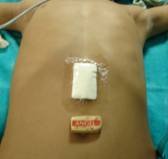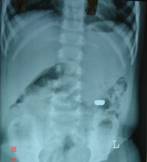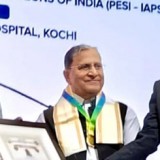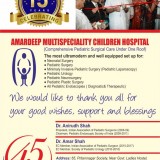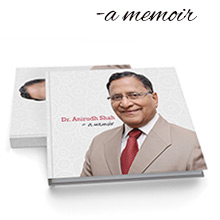What is an Oesophagoscopy and Gastroscopy?
An oesophagoscopy and gastroscopy is a procedure that allows the doctor to look inside your child’s oesophagus (the tube which goes down into their stomach from their throat, also called the gullet or foodpipe), stomach and duodenum (where the stomach joins the small intestine). To do this test, an endoscope (a thin, flexible tube with a bright light at the end) is passed through your child’s mouth and down into their stomach. This is carried out under general anaesthetic and the procedure lasts for about 30 minutes.
An oesophagoscopy and gastroscopy allows the doctors to find out what is causing your child’s problems without performing a larger operation.
Your child may need an oesophagoscopy and gastroscopy if he or she is having trouble swallowing, persistent vomiting or has previously had an operation on the foodpipe that needs checking. Your child may need dilatation if he or she has a narrowed foodpipe due to scarring from previous operations or illnesses. This may also be needed to take out foreign bodies like coins, safety pins or any other foreign objects that your child may have accidentally swallowed. The procedure also allows the doctors to take a biopsy (small piece of tissue) if needed. This can then be examined closely in the laboratories.
This procedure may also be needed to stretch your child’s foodpipe if it is narrower than usual during the procedure. This is called oesophageal dilatation.
Are there any risks with an OGD?
There is a very small risk that your child’s foodpipe could become damaged while it is being stretched, but this depends on the amount your child’s foodpipe needs stretching. Where possible, the doctors will carry out the dilatation several times on separate occasions, rather than risk stretching the foodpipe too much.
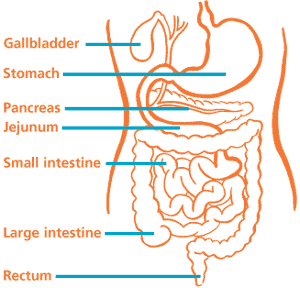
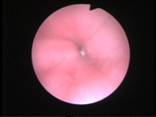
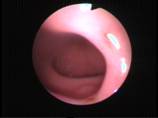
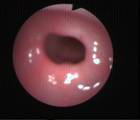
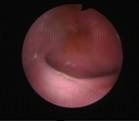
Gastroscopic views of different parts of the oesophagus, stomach and duodenum
What happens afterwards?
After the procedure, the doctor will remove the endoscope and give your child another type of medication to help them wake up. The child will remain sleepy after the procedure and this can last for two to four hours and during this time the child will be observed in hospital. Once your child is awake and sitting up on their own, they will be able to eat and drink.
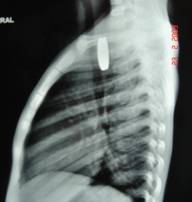
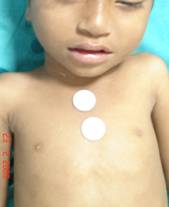
Two coins stuck in the oesophagus
A swallowed button battery
